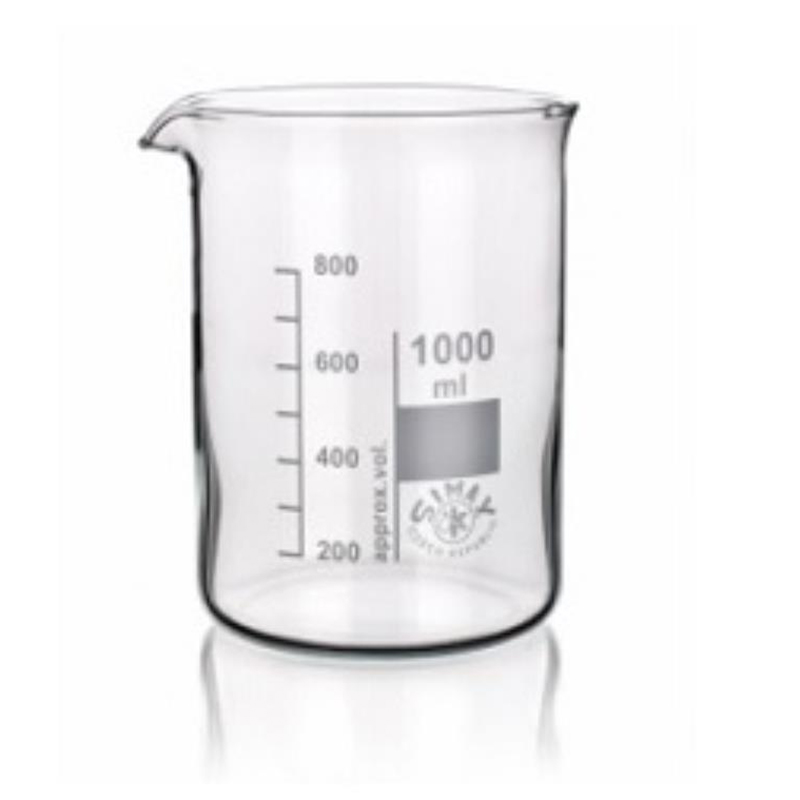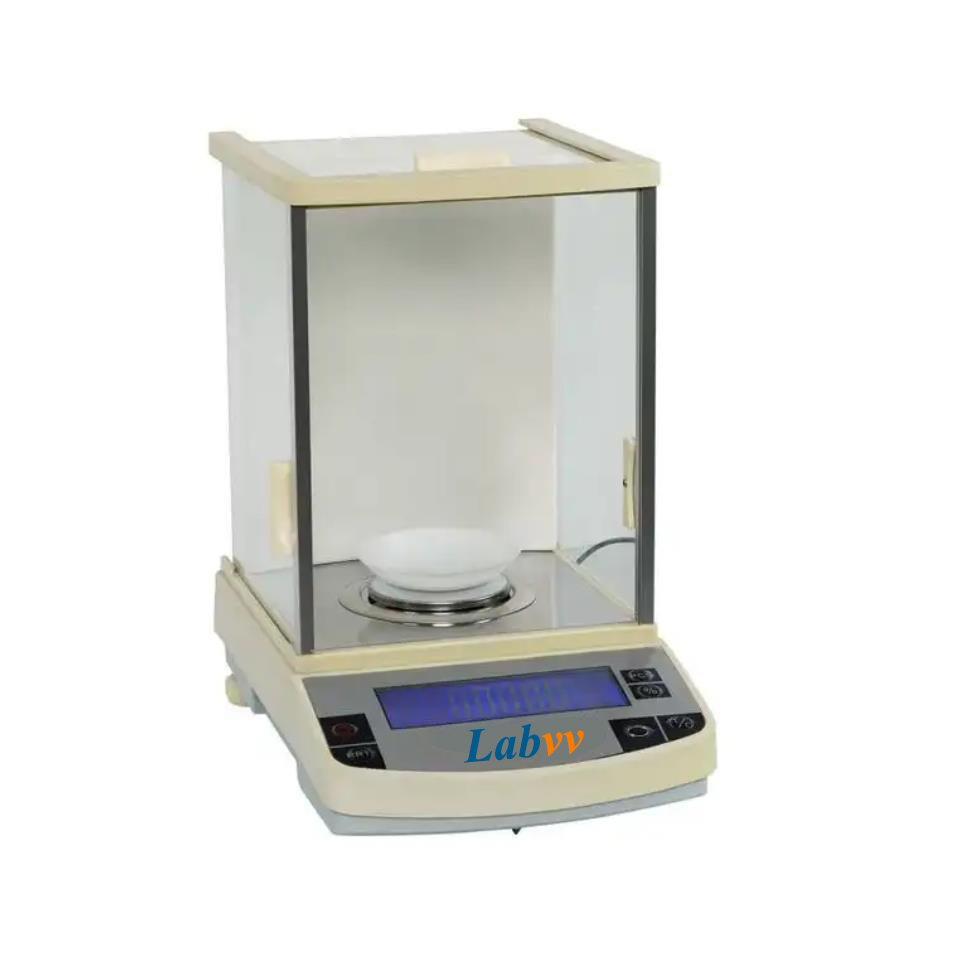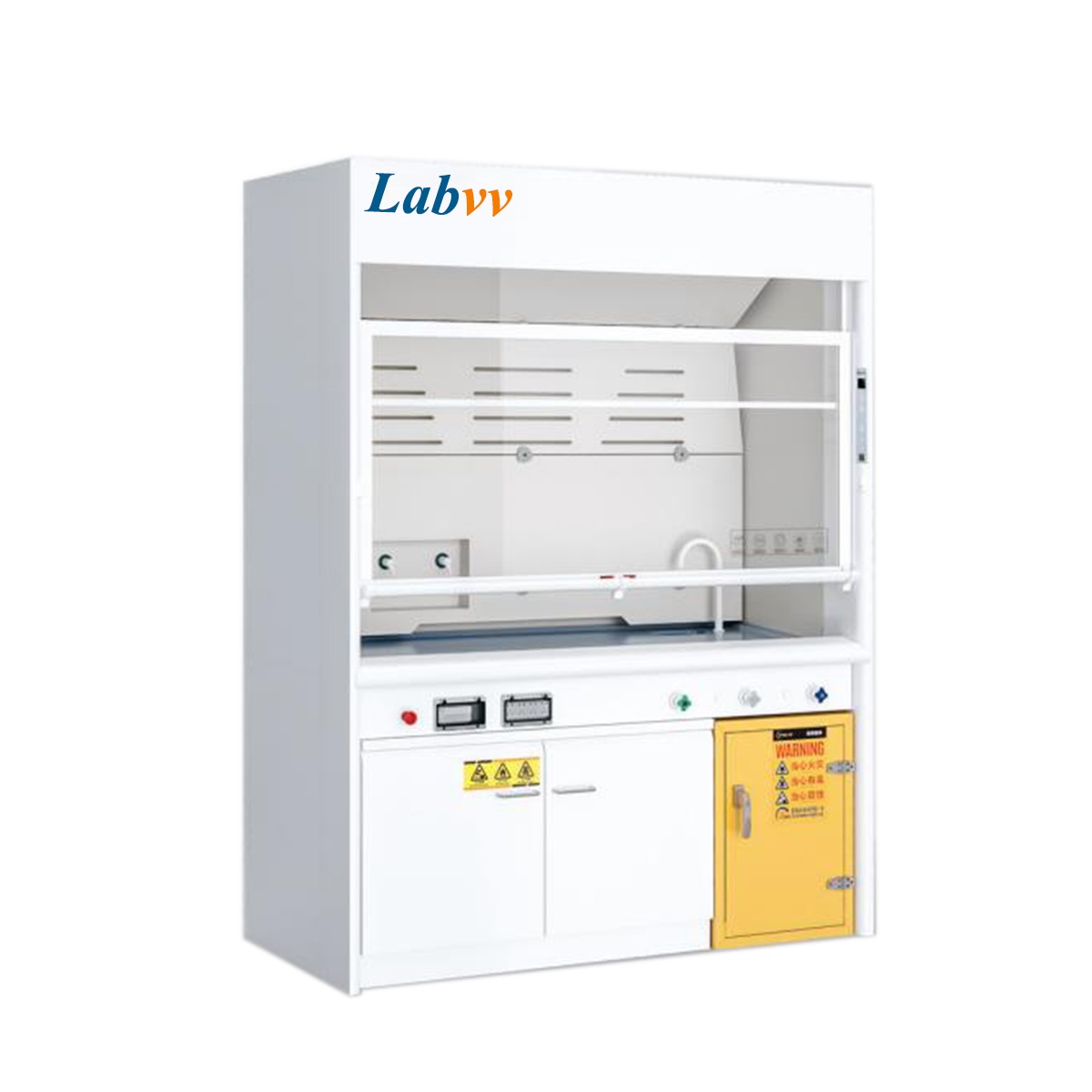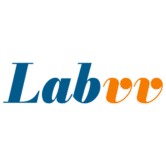Chemical laboratories require specialized equipment organized into four main categories. Below we explore each category in detail with examples of essential tools.
1. Glassware and Containers

First and foremost, glassware forms the foundation of any chemistry lab. The most common types include:
Basic Glassware
- Beakers: For mixing, heating, and holding liquids (50mL to 2L sizes)
- Erlenmeyer flasks: Cone-shaped for better mixing without spilling
- Test tubes: For small-scale reactions and observations
- Graduated cylinders: For precise liquid measurements
Specialized Glassware
- Condensers: For distillation and reflux setups
- Separatory funnels: For liquid-liquid extractions
- Volumetric flasks: For preparing precise standard solutions
Most lab glassware is made of borosilicate glass (like Pyrex) that resists thermal shock and chemical corrosion.
2. Measurement and Analysis Equipment

Next, accurate measurement tools are crucial for reliable results. Key instruments include:
Measuring Devices
- Analytical balances: Measure mass to 0.0001g precision
- pH meters: Measure solution acidity/alkalinity
- Thermometers: For temperature monitoring
Analytical Instruments

- Gas chromatographs (GC): Separate and analyze chemical mixtures
- Spectrophotometers: Measure light absorption of samples
- Polarimeters: Determine optical activity of compounds
3. Heating and Processing Equipment
Furthermore, many chemical reactions require controlled heating and processing:
- Bunsen burners: For direct flame heating
- Hot plates: For safer heating of containers
- Magnetic stirrers: For mixing solutions while heating
- Ovens: For drying glassware or samples
- Water baths: For gentle, uniform heating
4. Safety and Support Equipment

Finally, safety equipment protects researchers and the environment:
Primary Safety Equipment
- Fume hoods: Ventilate toxic gases and vapors
- Safety showers/eyewash stations: For chemical exposure emergencies
- Fire extinguishers: Specifically for chemical fires
Support Equipment
- Desiccators: For moisture-free sample storage
- Centrifuges: For separating mixtures by density
- Ultrasonic cleaners: For thorough glassware cleaning
Conclusion
In summary, a well-equipped chemistry lab requires:
- Durable glassware for reactions and measurements
- Precise instruments for analysis
- Reliable heating equipment
- Comprehensive safety systems
Proper maintenance and regular calibration ensure accurate results and safe operation.
For more information about laboratory equipment, contact Sophie via WhatsApp.
